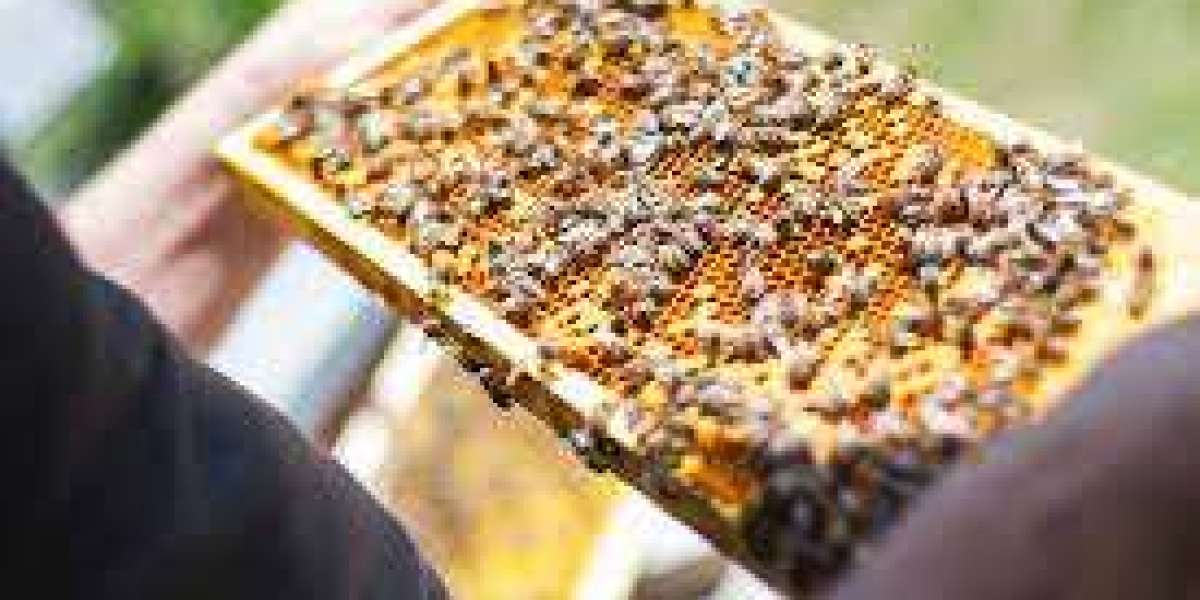Choosing the right type of beehive is a crucial decision for beekeepers in Texas, where the climate can vary significantly across the state. The diverse landscapes, ranging from the humid conditions of the Gulf Coast to the arid climate of West Texas, necessitate careful consideration of beehive styles that can adapt to local conditions. Several hive types are suitable for Texas climates, each with its own advantages and considerations.
One of the most commonly used hive styles in Texas is the Langstroth hive. This traditional and versatile hive is characterized by stackable boxes with removable frames. The Langstroth hive allows beekeepers to easily inspect and manage their colonies, making it well-suited for the diverse climates found across the state. Its modular design accommodates the expansion of the hive as the bee population grows, making it a practical choice for both beginners and experienced beekeepers.
Top-bar hives are another option for beekeeping supplies Texas , especially those who prefer a more natural and less intrusive approach to beekeeping. These hives consist of a single box with bars placed horizontally across the top. Bees build their comb downward from these bars. Top-bar hives are known for their simplicity and ease of management, making them an attractive option for those seeking a low-maintenance hive style. While they may be less common than Langstroth hives, top-bar hives have gained popularity among beekeepers who prioritize minimal intervention and natural bee behavior.
Warre hives, named after their creator Emile Warre, offer a different approach to hive design. These hives are vertical and use a series of boxes with top bars, allowing bees to build their comb naturally. Warre hives emphasize the concept of minimal disturbance, and proponents believe they mimic the bees' natural habitat more closely. While not as widespread as Langstroth hives, Warre hives have found a niche among beekeepers who appreciate their focus on bee-centric management.
In regions with hot and arid climates, such as West Texas, some beekeepers opt for modified or custom hive designs to address specific challenges. Adequate ventilation becomes crucial in preventing overheating of the hive during hot summers. Some beekeepers in these areas use screened bottom boards, provide shade, and use light-colored materials to reflect sunlight. These modifications help mitigate the impact of high temperatures on the hive.
It's essential for beekeepers in Texas to consider the unique challenges presented by the state's climate, including the risk of Africanized honey bees, which are known for their aggressive behavior. While hive design alone cannot completely eliminate this risk, certain hive styles, such as Langstroth hives with secure and well-fitted components, can help minimize the likelihood of unwanted interactions with aggressive bee colonies.
Ultimately, the choice of beehive in Texas depends on various factors, including the beekeeper's preferences, experience level, and the specific local climate. Some beekeepers may prefer the flexibility and familiarity of Langstroth hives, while others may opt for the simplicity of top-bar or Warre hives. Custom modifications to hive designs may be necessary in certain regions to address local climate challenges.
In conclusion, Texas beekeepers have a range of hive options to choose from, each with its own set of advantages and considerations. The key is to select a hive style that aligns with the beekeeper's goals, management approach, and the unique climatic conditions of the chosen location. Whether it's the tried-and-true Langstroth hive or the more naturalistic top-bar and Warre hives, the right choice will contribute to the success and sustainability of beekeeping endeavors in the diverse climates of the Lone Star State.



